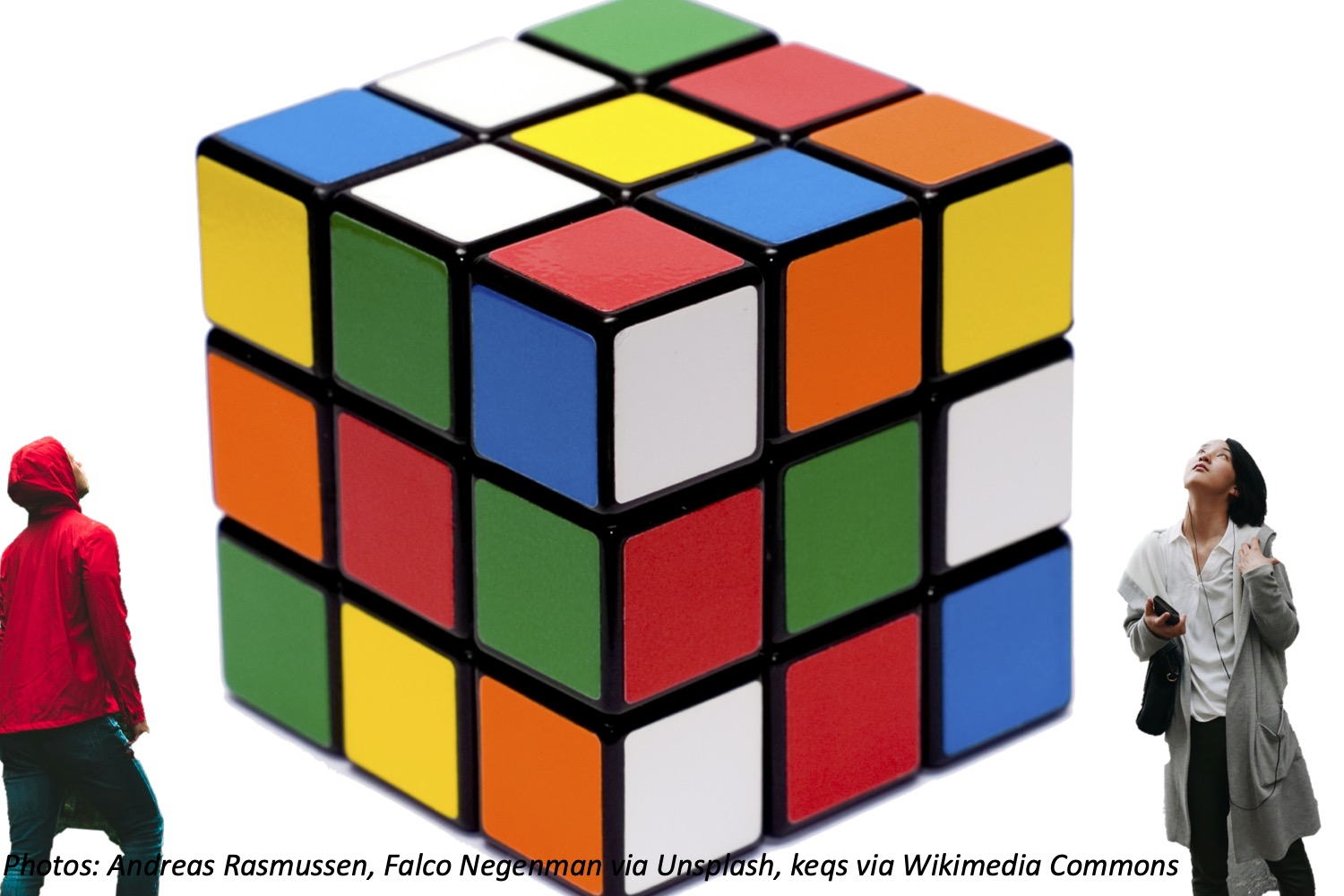Long before Nintendo Switch, people had Rubik’s Cubes for handheld gaming. It’s a simple puzzle: you spin the pieces around until each side is all its own color. “Speedcubers” can even solve a Rubik’s Cube using 1 hand in less than 7 seconds! But one Rubik’s Cube has gotten completely out of hand. Tony Fisher built this 6-foot 7-inch tall toy using cardboard boxes, a lot of math, and of course, duct tape. We bet it’ll take more than a few seconds to unscramble this preposterous puzzle!
Wee ones: Draw a square, then split it up into 9 smaller shapes! (Bonus: Can you make those smaller shapes squares, too?)
Little kids: If there are 4 blue and 5 green squares on the top of the cube, how many squares is that? Bonus: How many green squares would need to switch to blue for there to be more blue than green squares?
Big kids: How much taller is the 6-foot 7-inch cube than you? Bonus: If 3 of the smaller cubes add up to 6 feet 7 inches, about how tall is each of those cubes?
Answers:
Wee ones: Draw a square with equal sides, then use lines to split it up! Don’t worry about making them perfectly straight.
Little kids: 9 squares. Bonus: Just 1 square! Subtracting 1 square from the 5 green by making it blue leaves 4 green squares, and then adding that 1 square to the 4 blue makes 5 blue.
Big kids: Different for everyone… use a tape measure to find out your height if you don’t know it, then subtract the feet and inches from 6 feet 7 inches. Bonus: Each cube is about 26 inches, or 2 feet 2 inches, tall. 6 feet 7 inches is equal to 79 inches, because 6 x 12 = 72, and 72 + 7 = 79. You can use long division to find that 79 / 3 = 26 ⅓ inches per cube. Or you can divide the 6 feet by 3, then the 7 inches by 3, and add the dividends: 2 feet + 2 inches, with a remainder of 1.



